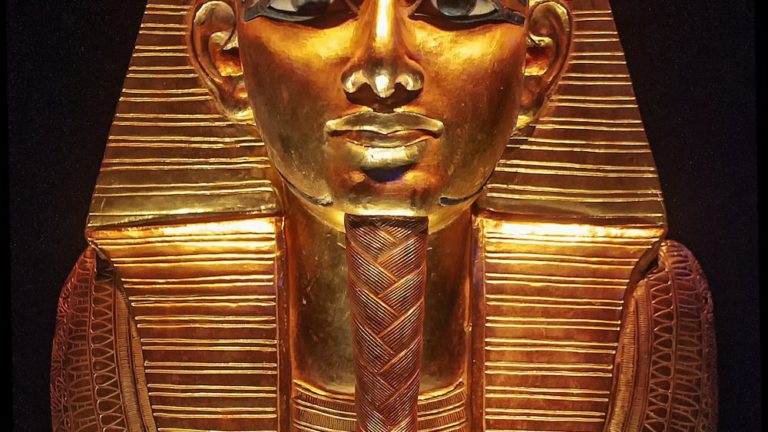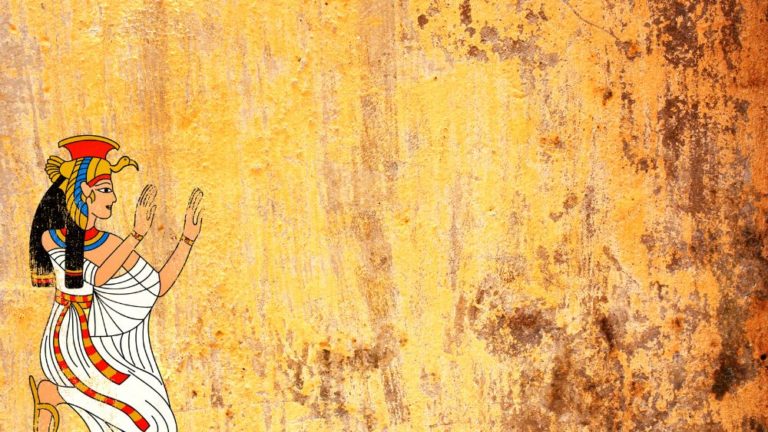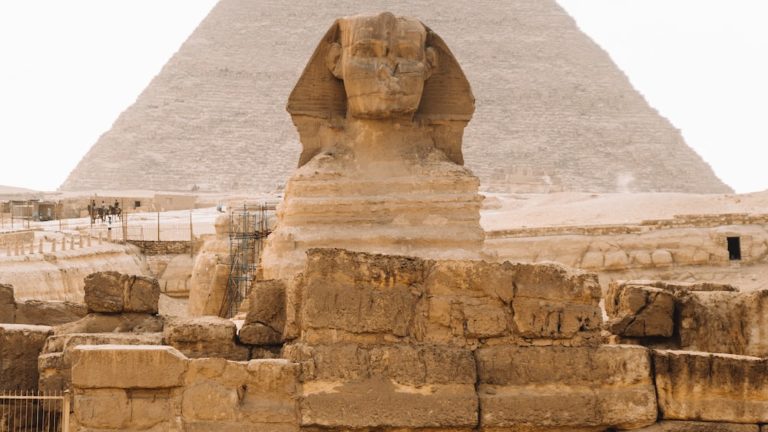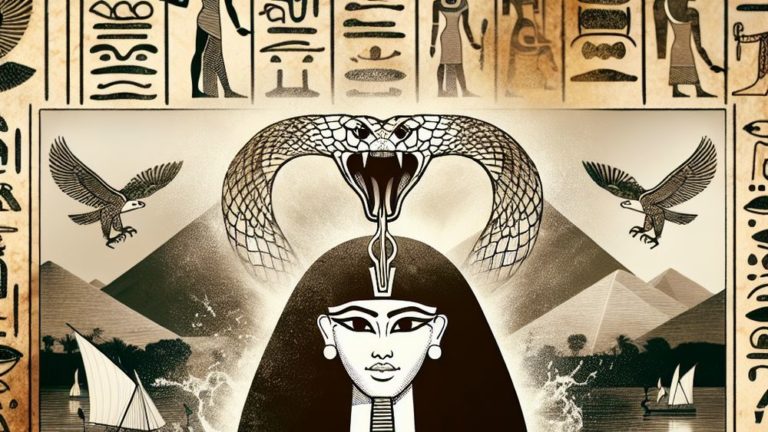Exploring The Pyramid Of Giza And The Colosseum Similarities
Exploring The Pyramid Of Giza And The Colosseum Similarities
Isn’t it incredibly exciting to think that, thousands of years ago, ancient civilizations were capable of constructing breathtaking monoliths, etching their names into the annals of history? Each step we take in exploring their histories is a journey into a world that once was, full of wonder and awe. Welcome, fellow travelers, to this exciting exploration of two of the world’s most iconic masterpieces: the Pyramid of Giza in Egypt, and the Colosseum in Rome.
These two archaeological treasures are physical echoes of storied pasts, entrenched in their host cultures and each featuring a unique architecture that has stood the test of time. They hold the fascinating secrets of ancient techniques and craftsmanship, their purposes and resonance still echo across millennia, touching us in our modern day. Together, we will unravel these mysteries, diving deeply into their histories, examining their structures, and pondering on their cultural implications.
And beyond the appreciation of these remarkable feats of architectural genius, lies a unique inquiry: What are the shared threads between these two mighty monuments? Is it possible that the Romans, almost 2,000 years later, somehow shared construction techniques, purpose or cultural impact with the ancient Egyptians? Join me, as we embark on this thrilling expedition to uncover these answers, and probably raise more questions along the way.
Historical Overview
Tracing the historical path of these monuments is like going back through a time portal, immersing us directly into the lives and times of two incredible civilizations. They are epoch markers, firm reminders of humanity’s perpetual progress and ingenious creativity. Let’s embark on this historical journey in the land of the Pharaohs, then traverse through time to the heart of the Roman Empire.
The Pyramid of Giza: A Brief History
The Pyramid of Giza, also known as the Great Pyramid, is the oldest and largest of the three pyramids in the Giza pyramid complex. Built during the reign of Pharaoh Khufu (Cheops) around 2580–2560 BC, it is considered one of the seven wonders of the ancient world. Its construction was a monumental task, according to Herodotus, involving an estimated 100,000 workers over a 20 year period.
The Pyramid served as a tomb for the Pharaoh, a towering testament to immortality that has captivated the imagination of travelers for millennia. Researchers suggest the pyramid’s alignment – precisely facing true north – may be connected to the stars and ancient Egyptian religious beliefs that the pharaoh’s soul would ascend to the heavens. Despite centuries of exploration, the Great Pyramid still holds many unfathomable secrets.
The Great Pyramid of Giza, built over 4,000 years ago, is a monumental feat of construction and continues to mystify researchers with its alignment and hidden secrets.
The Colosseum: A Brief History
Our temporal journey now takes us to Rome, to the heart of an empire that usurped almost all of the known world. The Colosseum, or the Flavian Amphitheatre as it was once called, is a marvel of Roman ingenuity and grandiosity. Commissioned by Emperor Vespasian in 70 AD, it was completed under Titus’ reign, with later enhancements during Domitian’s rule.
The Colosseum served as the ultimate stage where Rome showcased its strength, control, and prowess. Here, gladiators fought each other, or wild animals, in gruesome yet captivating spectacles that entertained thousands of rapt Roman spectators. It was a potent symbol of Imperial Rome’s might and cultural identity.
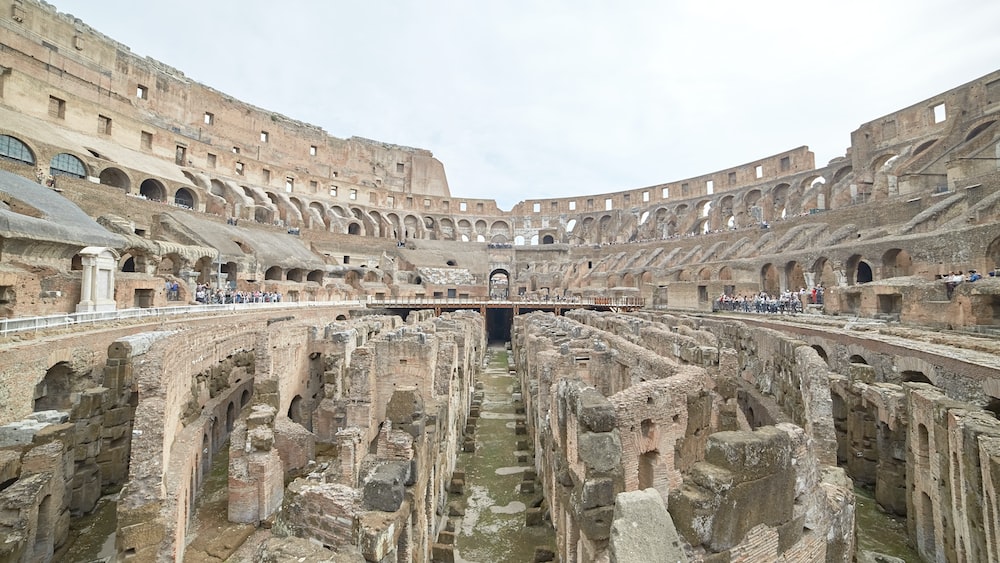
By the medieval period, however, the grand amphitheater had fallen into a state of disrepair, serving various purposes such as housing, workshops, a fortress, a quarry, and even a Christian shrine. Despite the ravages of time, the Colosseum stands defiantly, imbuing the landscape with its magnificence and stature as one of the greatest architectural marvels of human history.
Architectural Marvels
These structures stand as testaments to the architectural acumen of our ancestors. The Pyramid of Giza, with its colossal scale and precision, and the Colosseum, with its ingenuity and functionality, mirror their respective civilizations’ ethos, their grandeur, and their timeless appeal.
The Pyramid of Giza: A Structural Analysis
With a base covering over 13 acres and originally soaring to a height of 146.6 meters, the Pyramid of Giza is a titanic achievement. It was estimated to be built using approximately 2.3 million stone blocks, each weighing an average of 2.5 tons. The precision involved staggers the mind; the pyramid is aligned to true north with an accuracy of 3/60th of a degree.
Furthermore, the construction techniques still baffle researchers. How did the ancient Egyptians raise such enormous stones to such heights? Some theories suggest ramps and levers, while others even propose that the stones were molded rather than carved. It’s an unsolved puzzlement, whispering the genius of our ancient forefathers.
Inside the pyramid, the Grand Gallery and the King’s Chamber also showcase the remarkable sophistication of the builders. The arrangement of the stones, the corbelled ceiling, and the use of granite imported hundreds of kilometers from Aswan emphasize the efforts and resources the ancient Egyptians poured into this testament to eternity.
The Colosseum: A Structural Analysis
The Colosseum is an archetypal example of Roman engineering prowess – a freestanding elliptical amphitheater that once held up to 80,000 spectators. Using a combination of concrete, stone, and brick, the Romans were able to give form to a structure that was not only massive but intricately designed.
The exterior features four stories, the bottom three have arches framed by half-columns of different Greek orders (Doric, Ionic, and Corinthian), while the top floor uses pilasters and contains small rectangular windows. This stacked design showcases the Romans’ grasp of complex architectural aesthetics.
The interior is just as ingenious, with an intricate system of passages, ramps, and stairs allowing efficient movement of spectators. Below the arena floor, the hypogeum – full of tunnels, cages, and lifts – allowed for seamless presentation of beasts and various spectacles. Undeniably, every component of the Colosseum was meticulously designed for a specific function, creating a fully integrated masterpiece of form and functionality.
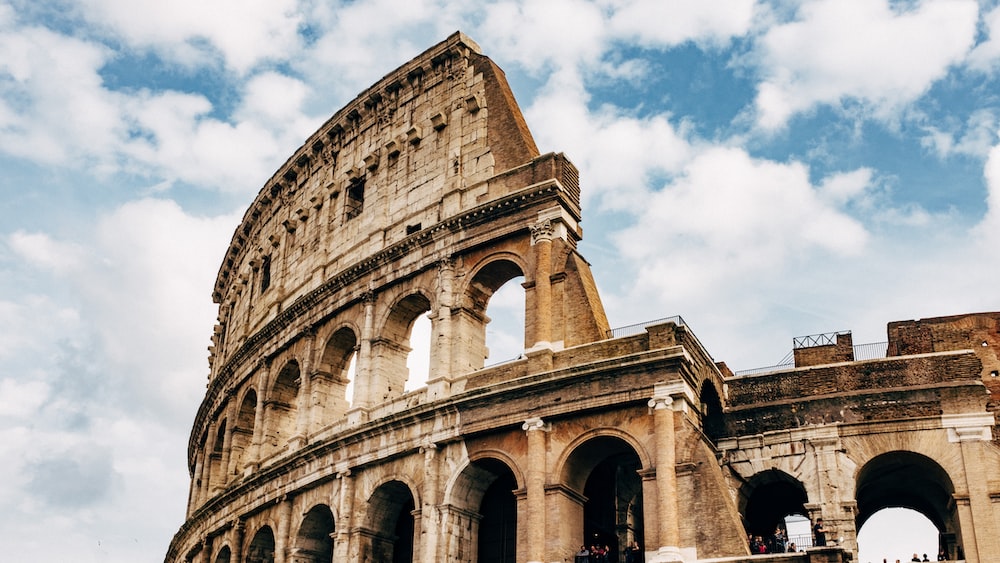
Cultural Significance
In our journey across time and locations, a crucial thematic thread ties each destination together – the deep-seated cultural significance of every artifact and monument. This chapter will delve into the immense influence that both The Pyramid of Giza and The Colosseum wielded in their respective cultures, an influence that reverberates across centuries to the present day.
The Pyramid of Giza: Its Role in Egyptian Culture
In the grand narrative of Egyptian culture, the Pyramid of Giza stands as a monument to human ingenuity, a towering testament of an ancient society’s relationship with mortality and immortality. A phenomenon that was uniquely Egyptian, these pyramids were elaborate tombs, designed to capture the essence of the Pharaohs’ divinity and ensure their safe passage into the afterlife.
Constructed during the reign of Pharaoh Khufu around 2580-2560 BC, the Pyramid dominated the Giza Plateau and became a spectacular marker of Egyptian civilization. It projected Egypt’s wealth, resources, and the sophistication of its mathematical and architectural skills. More than that, it symbolized the society’s deep-seated belief system, manifesting their reverence for the divine and the afterlife.
The Colosseum: Its Role in Roman Culture
Turning our time-travelling compass towards the heart of ancient Rome, the Colosseum materializes as the embodiment of Rome’s love for spectacle, its wealth, and its mastery of engineering. Upon its completion in 80 AD, the enormous amphitheater became the venue for Rome’s most anticipated and brutal entertainment spectacles – the gladiatorial combats.
Immersed in a climate of suspense and primal thrill, these combats attracted Roman citizens from all social strata. The events underlined the dichotomy of life and death, victory and defeat, all unfolding in a single day, creating an atmosphere of uncertainty that echoed the volatility of life in the Roman Empire.
Another intriguing aspect of these games was their political significance. Emperors wielded these spectacles to garner public favor and maintain control, thus adding a darker shade to its historical hue. Over time, the Colosseum morphed into more than just an architectural wonder; it became a potent symbol of the Roman Empire’s power, its social structures, and the central role entertainment played in their culture.
The Colosseum in ancient Rome was not only an architectural wonder, but also a symbol of the Roman Empire’s power and the central role of entertainment in their culture.
Similarities Between The Pyramid of Giza and The Colosseum
While they originate from completely different eras and cultures, the Pyramid of Giza and the Colosseum share an array of parallels. From construction techniques to purpose and function, and their everlasting impact on their respective civilizations, these bookmarks in humanity’s timeline reveal humans’ eternal aspiration for grandeur and cultural expression.
Construction Techniques
What is it about the construction techniques employed in the building of the Pyramid of Giza and the Colosseum that makes them parallel themes across cultures and epochs? To begin, both structures demanded a thorough understanding of mathematics and geometry, reflecting the advanced knowledge of these ancient civilizations.
Noteworthy is the application of limestone in the construction of the Pyramid of Giza. Extracted from local quarries, the limestone blocks became the building blocks of the pyramid, showcasing the Egyptians’ capability to harness and adapt resources.
Much like the Pyramid, the Colosseum also borrowed from its local terrain. It was primarily built from concrete and stone, major components of Roman architectural creation, emphasizing the ingenuity and understanding of materials.
Purpose and Function
Broadly, both structures harbored profound cultural meanings and provided practical functionality. The Pyramid of Giza, firstly, served as the final resting place for Pharaoh Khufu. But going beyond the physical, it played a vital spiritual role, providing the Pharaoh’s soul a pathway to the afterlife according to their beliefs.
Mirroring the Pyramid in its functional duality, the Colosseum too, was more than an amphitheater. It was the city’s pulse, a stage upon which the drama of Roman life unfolded. These games were not just recreational; they mirrored the societal hierarchy, norms, and political dynamics of ancient Rome.
The purpose transcends the physical, as both structures were deeply entwined with both religious beliefs (in the case of the Pyramid) and societal norms and dynamics (in the case of the Colosseum).
Cultural and Historical Impact
The Pyramids, particularly that of Giza, continue to shape our understanding of ancient Egyptian culture. It introduced the world to the Egyptians’ sights on immortality and their perception of life after death. By doing so, they forged a cultural narrative that has influenced our interpretation and fascination with Ancient Egypt across time and geography.
On the other hand, the Colosseum still echoes with the sounds of roaring crowds hungry for spectacle and war. As it stands today, it narrates stories of the Roman Empire’s might, ambitions, and the critical role of public entertainment. It provides a stark glimpse into the societal structure and values of the time, thereby shaping our understanding of the Roman civilization.
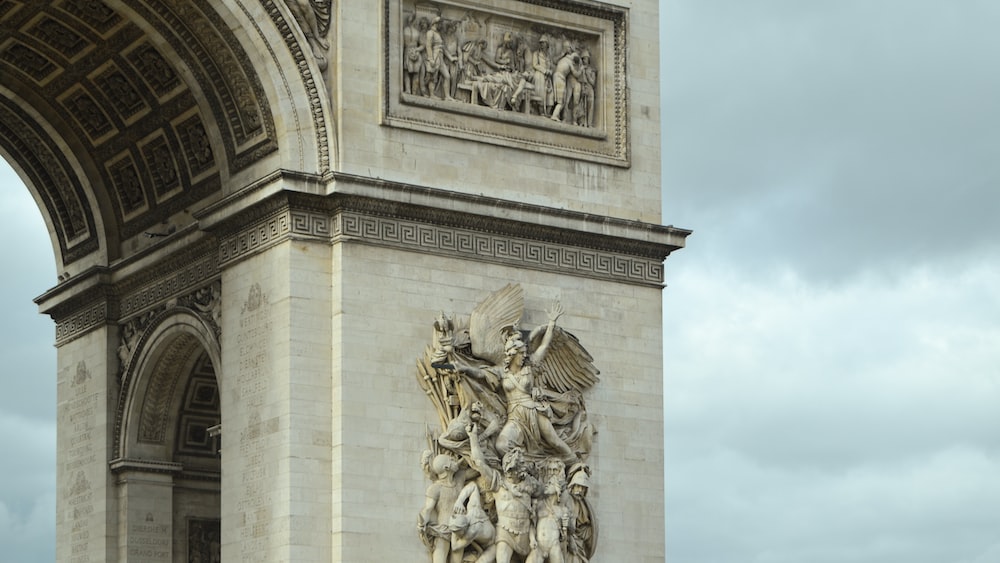
In essence, both these awe-inspiring monuments have played substantial roles in shaping mankind’s impression and understanding of two extraordinary civilizations. More broadly, they illustrate mankind’s universal longing to leave lasting memories that would echo through the annals of time.
Frequent Questions
1. How were the Pyramid of Giza and the Colosseum built?
Curiously, the construction techniques of the Pyramid of Giza and the Colosseum show admirable skill and ingenuity. The pyramid, an ancient edifice, was chiefly built with large limestone blocks, many moved from quarries using sledges and ropes – a testament to the remarkable labor of ancient Egyptians. As for the Colosseum, it showcases advanced Roman engineering with the clever use of concrete specialty, tufa, and travertine stones for its massive, imposing structure.
2. What were the main purposes of the Pyramid of Giza and the Colosseum?
In considering their purposes, we uncover key aspects of ancient Egyptian and Roman cultures. The Pyramid of Giza was primarily a tomb for the pharaoh Khufu, showcasing not only religious beliefs but also the societal perception of the pharaoh’s god-like stature. The Colosseum, by contrast, served as an amphitheater for public spectacles including gladiatorial games, mock naval battles, and dramas, representing both the might of Roman engineering and a form of societal control.
3. How have the Pyramid of Giza and the Colosseum influenced modern architecture?
Remarkably, the influence of both the Pyramid of Giza and the Colosseum on modern architecture is palpable. The pyramid has inspired the form of many contemporary structures, while some buildings borrow heavily from the Colosseum, with its elegant arches and tiered design. Plus, we can find oft-used construction techniques of these ancient wonders, such as load-bearing stonework and vaulting, in use today.
4. What are some unique features of the Pyramid of Giza and the Colosseum?
Among the unique features that define these structures, the Pyramid of Giza’s grand scale, precise alignment with the cardinal points, and complex interior designs are sure to spark one’s curiosity. Similarly, the Colosseum, with its ingenious construction of a series of interconnected arches forming an ellipse and the hypogeum, a network of tunnels beneath its floor adds to its intrigue and awe, revealing the ingenuity of Roman engineers.
Conclusion
Walking through the shadowed chambers of the Pyramid of Giza or among the echoes of the Colosseum, we step into a portal to the past. We meet the people of ancient Egypt and Rome, with their awe-inspiring aspirations, remarkable skills, and fascinating cultures, reflecting in the architectural marvels they left behind. These structures teach us about the past, inspire us in the present, and guide us towards the future.
Could there be more secrets hidden under the windswept sands of Egypt or within the aged stones of Rome? How does history continue to shape us, and what mysteries does it still hold? The adventure of discovering and connecting with the past calls out to us.
As we travel, explore, ask questions, and uncover answers, we keep alive the story and spirit of these extraordinary places. I invite you, fellow history enthusiasts and explorers, to join me on this wondrous journey of continual discovery. This is Cedric, your guide through times and cultures, signing off, until our paths once again intertwine in history’s captivating labyrinth.


